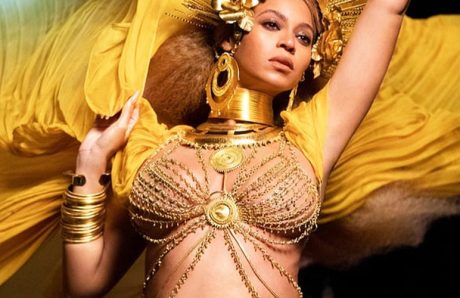
The reputation of the Rio Carnival is not to be made anymore. Great parades, incredible shows, ultra sexy women and party during 5 days everywhere in the big Brazilian city… In short, we would like to attend it.
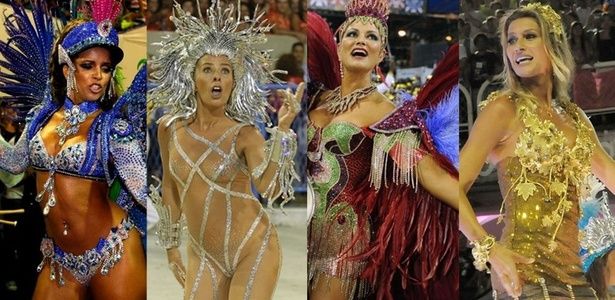
Muy caliente! This is the expression that comes to us when we think of the Brazilian festival. We already fantasize a lot about the sexuality of Brazilian women and we also think about plastic surgery and transgender people when we think about this part of the world. But with the Carnival of Rio, we reach summits in terms of sex attitude. Seeing bodies swaying and releasing all the sweat they can generate during the wild dances that are offered to the public view tends to be very exciting. You want to touch, lick, rub and party with everyone. That’s why thousands and thousands of tourists from all over the world come to the event every year.
If the Rio Carnival has an international reputation for its festive and sexy side, we forget however the origin of this last one. As well as its functioning and what it really represents. So, before sharing with you pictures of ultra hot dancers, let’s make a little cultural point.
The origin of the Rio Carnival
Rio de Janeiro was not built in a day and neither was its carnival. And we must go back a long way to find its origins. First of all, let’s remember that carnivals were intended above all to celebrate the god of wine among the Greeks. Gathering en masse on this occasion, they took the opportunity to drink again and again. This must have pleased the Romans because they took the concept and adapted it to their gods Bacchus and Saturnalia. Here the same thing happened, drunkenness and “disguises” (the masters liked to exchange their clothes with those of the slaves during the festival).
This was before the Roman Catholic Church took it over to make it a traditional holiday preceding Ash Wednesday, the first day of Lent in the Christian calendar. In fact, it is commonly believed that the origin of the term “carnival” would have a link with Lent (Carne Vale which means “farewell to meat” and Lent is a period of 40 days of deprivation of meat, alcohol, and all the pleasures of the world). And the Rio Carnival extends from Ash Wednesday to the weekend, which is Lent.
The ‘Entrudo’ is a Portuguese festival that is the origin of the Carnival in the city of Rio. During the first ball of the Rio Carnival held in 1840, the participants danced the polka and waltz and not the samba which was only introduced in 1917. In the end, we might as well say that nowadays, we are just going back to our roots (we find the excuse that we can, don’t we).
The purpose of Carnival is to offer a week of revelry before the 40-day period of deprivation that ends on Easter Day, which precedes by a few days the celebration of the resurrection of Christ.
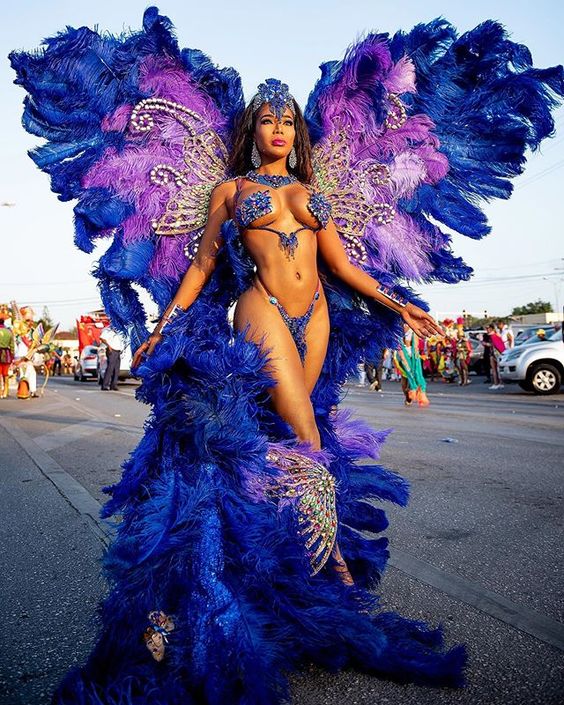
How does it work?
Count 4 days of parade. So from Ash Wednesday to Lent, the Easter festival. You will be able to see parades and people celebrating all over the city. And you’ll find them all at the Sambadrome, where the different schools (12 in total) will compete for the title of champion, all to the sound of Samba.
By the way, the music was not present at the beginning of the festival. The Samba was added with time, like the disguises. If the old carnivals used to present people in masks and disguises, it was the slaves who strongly influenced these two points. The Africans used masks and costumes made of feathers, bones, grass, stones, and other elements to invoke the gods and drive away evil spirits. All the symbols of these ancient African customs are today basic elements in the design of the costumes of the Rio Carnival. Samba, which originated in West Africa and Angola in particular, was introduced to Brazil by slaves who found comfort in this music during times of adversity.
That’s why nowadays, twelve schools compete to win the title of champion. These schools have evolved over time to form large modern organizations. They can each benefit from structures adapted to prepare the festival each year. The carnival is the culmination of a year of work and preparation for these schools. Each school has a group of dedicated supporters who form a well-structured organization. Most of them have an association role with the underprivileged communities in their neighborhood.
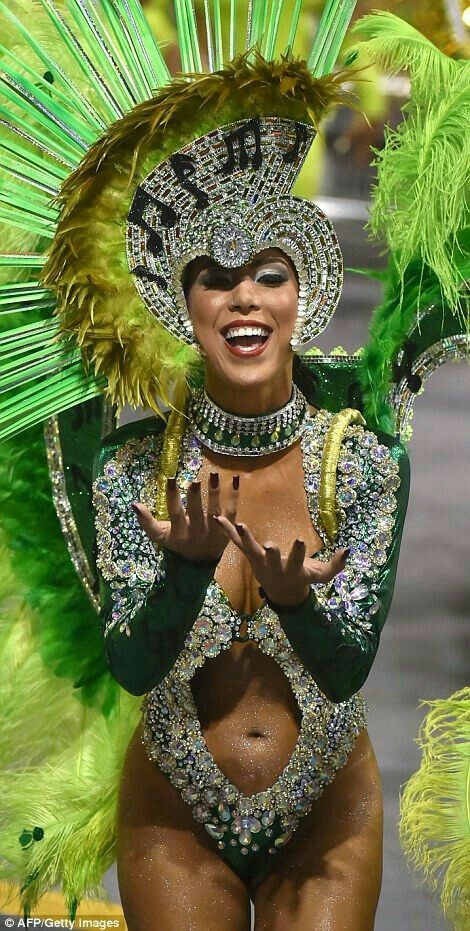
The Sambadrome, the heart of the action
If you don’t want to wander the streets to enjoy the festive atmosphere and the schools that parade for free for everyone, you can find them at the Sambadrome. This is where the main parades are held every year. But be careful, here the entrance is not free and you will need a ticket to enjoy it (but you can see the rehearsals for free). Every year thousands of dancers, singers, and musicians from the samba schools take Carnival to a new level in the Sambadrome with a show of floating costumes, traditional costumes, and percussion concerts. The samba schools each have 85 minutes to produce a grand and lavish performance that is the result of a year’s worth of effort. Sunday and Monday are the two most important days when the twelve schools compete in the stadium for the title of champion.
That’s why you will never see two similar shows or costumes. You just can’t. And that’s what makes it even more interesting, making the Rio Carnival a unique event in the world.
The sexiest dancers
Every year, dancers compete in terms of sex appeal so it’s hard to tell you which one will be the sexiest. However, it is not difficult to select several. So here we go!


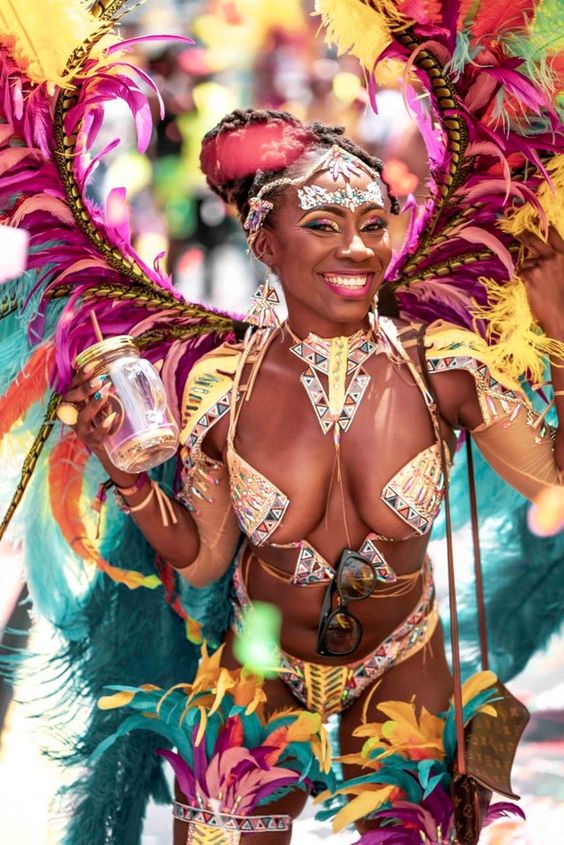



Même Rihanna y participe.


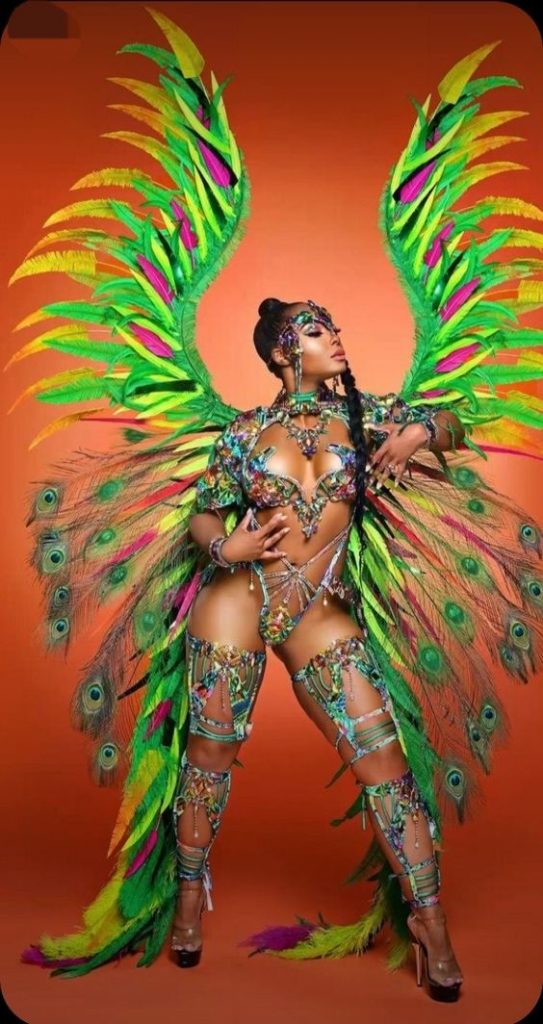


And it was already 5 years ago …
“XLoveCam is not responsible for the content of the blog that is claimed to be written by an external party.”





